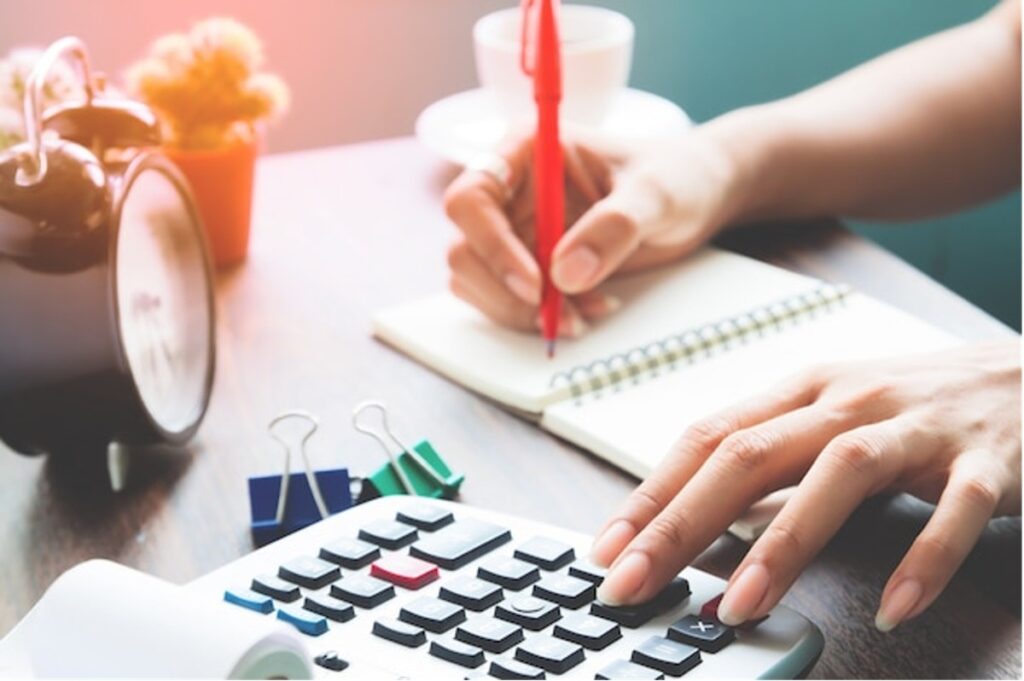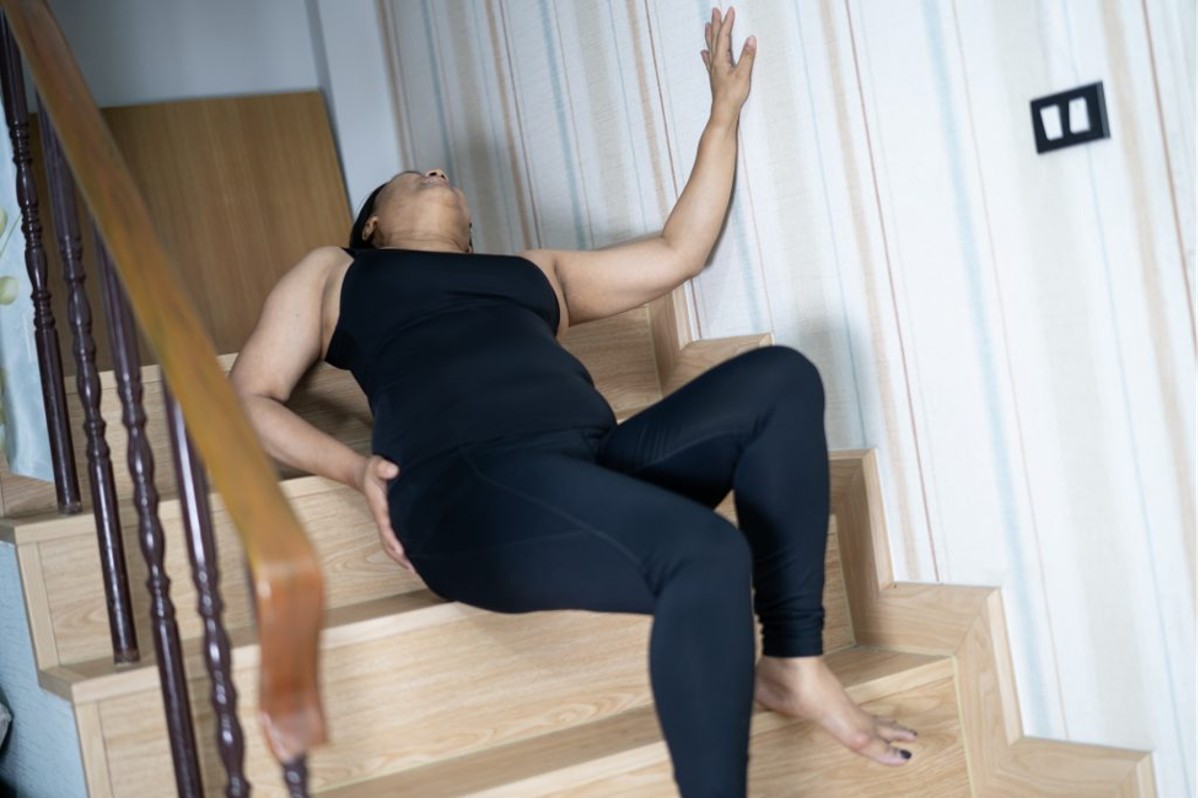Slip and fall accidents are those where an individual suffers injuries after slipping or tripping and falling down. The slip/trip can happen either due to poor design choices, inadequate maintenance of high-traffic areas, or for various other reasons.
The slip and fall attorneys at Morris Law Accident Injury Lawyers or other experienced firms can help you get the compensation you deserve. These legal experts will help with all aspects of a slip and fall accident claim and make sure you receive fair compensation.
It is important to understand what goes on in a slip and fall case. This article sheds light on this crucial element.
What is a Slip and Fall Case?
According to the National Floor Safety Institute, around 8 million individuals seek medical attention annually following a fall. Slips and falls constitute 12% of all falls.
However, not every fall leads to a slip and fall case. To effectively pursue a claim, you must show that the property owner or occupier bears responsibility for the incident. Typically, this entails proving negligence.
Through a slip and fall case, the victim can hold the liable party accountable for their negligence and receive compensation for all the losses and damages they have sustained.
Prove Negligence
As the first step in a slip and fall case, you must show that the owner or person in charge didn’t take proper care. Their carelessness must have caused the conditions leading to your fall and injuries.
Slip and fall cases can be tricky because sometimes the occupier isn’t the owner. So, it’s essential to know who was supposed to maintain the place and what kinds of mistakes are considered careless.
All property owners must keep their place safe. If they know about a danger and don’t fix it or don’t warn people about the hazard, they can be held responsible for any accident that happens because of the hazard.
Components of Negligence
Whether you’re suing the owner or occupier, you must prove they were negligent to get compensation. For this, you need to show that:
- They caused the danger, knew about it, or should have known if
- They didn’t fix it when they could or warn people about it
- Their failure directly caused the accident
- The accident caused injuries and losses
Photos, expert opinions, and medical records can all help prove negligence in a slip and fall case.

Settlement Estimation
Once liability has been established, the next step is to prepare a settlement amount.
There is no “average” settlement in a slip and fall case. However, you can estimate a fair settlement by considering your financial losses. The losses recovered can be economic or non-economic.
Your economic damages in a slip and fall claim include:
- Medical expenses, covering current bills, and expected future medical costs
- Lost income, comprising lost wages and any reduction in earning capacity due to the injuries
- Home modification expenses for disability accessibility, if needed
- Property damage costs, where applicable
Non-economic damages generally include:
- Physical pain
- Emotional suffering
- Loss of enjoyment of life
- Loss of consortium
Non-economic damages are harder to calculate. You will need the expertise of an experienced slip and fall accident lawyer to take all the damage into consideration.
Negotiation or Trial
There are two ways this will go: either an out-of-court negotiation or a trial.
In an out-of-court negotiation, all the parties involved in the case will meet together along with their legal representatives. During this meeting, your lawyer will present the evidence along with the expected compensation. The insurance company may either accept the claim or make a counteroffer. This goes on until a favorable decision is reached.
If both parties cannot come to an agreement in the settlement negotiation, then the case moves to court.
In a trial, your lawyer will present the case before the judge and jury. They will make strong arguments and convincing statements that show the seriousness of your condition. The jury will decide the outcome of a slip and fall lawsuit in court.



